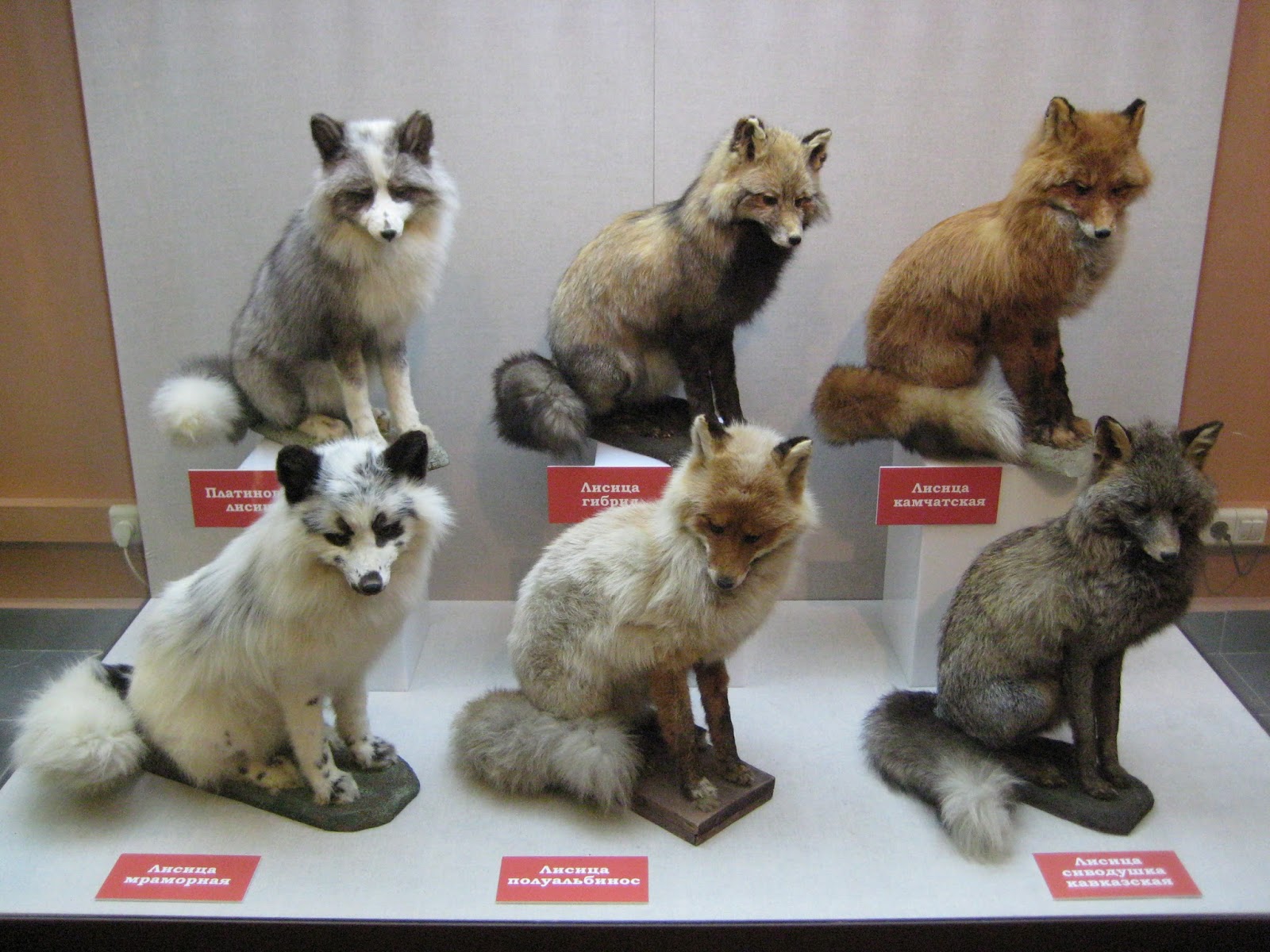I
t's Autumn. A season which can be considered
an important one in wildlife terms. Bird migrations occur, animals
prepare or enter hibernation and for most animals this will be the
season where they leave their parents' nest. Today I want to focus
on a particular wildlife threatening "custom"that occurs in
the Mediterranean and sadly enough is dominant in my home country
Cyprus. Illegal bird trapping. In this article I will try and raise
awareness of what problems this illegal trapping is causing and
dispel some of the myths that people use to justify their trapping.
Blackcap or "Ambelopoullia"as they are
called in Cyprus are a small bird that uses the Mediterranean as a
migration route. They are considered a delicacy for the locals and a
small plate of 12 birds can cost around 60-80 Euros to buy. They are
trapped by the use of mist nets, which are laid across tree
areas(much like nets used to catch birds for ringing) or the use of
lime sticks. Lime sticks are sticks prepared with either industrial
glue or an organic glue made from the gum that comes from a specific
tree. The glue is laid on the sticks which are placed in between tree
branches. The birds sit on the sticks are are stuck their, often
suffering a slow, torturous death.

Many organizations are trying to stop the practice
and the European Union has prohibited the practice from it's country
members. Despite it's cruel nature of trapping the birds,it is not
bird welfare that is the first thing that is troubling about this
particular practise. Conservationists are against this method because
it's non selective. The birds that are caught in the nets or on the
limesticks are either killed by the poacher or die from stress. Due
to the Mediterranean being a major migration route for a lot of
different birds it means that all sorts of bird species are in danger
of being caught in this poaching activity. Pictures from conservation
and activist organizations show endangered birds meeting an
unjustified death. This is one of the problems that people tend to
neglect. Locals refuse to understand what non selective trapping can
do. It is impossible to estimate the damage done to the endangered
bird species or in fact all the bird species and because of its
illegal nature it means that either all sorts of birds are sold as
blackcaps(reports of robins and other small birds processed and eaten
is all too common) or the corpses discarded, buried or feed to other
animals. So data is hard to come by but BirdLifeCyprus estimates that
about 2.5 million birds are killed every year in two trapping
seasons. About 152 species are caught, 78 of those are considered
endangered. And these numbers are concerning Cyprus. The practise
occurs in Malta, Italy and Spain as well as other regions of the
Mediterranean. So imagine the numbers adding up.

Another sad misconception is that the practise is
legal. It is not. Although through lax laws and law enforcement in
the past the practise was all but illegal, EU Directive2009/147/EC
has prohibited such practise. It is a black market industry that has
been estimated to an overall turn around profit of 15 million euros a
year. Many of the big time poachers are either part of the organized
crime or working for it. Thus the money are often used to fund
organized crime activity. Small time poachers are usually the ones
that make mistakes that allow to their capture while big time
poachers often evade the law. Not only that but the fine is often
around 600-800 euros which is nothing compared to the thousands of
euros that can be made by trapping in one season. So although the
fine might discourage some it will unlikely made a dent in those
seasoned enough to comprehend the fact that the fine is nothing but a
minor setback at best. A little known fact is the loss of
approximately 40 million euros each year in the tourist industry.
Countries such as Cyprus which are a major migratory route for birds,
are often visited by keen bird watchers. These bird watchers are
usually repulsed by the trapping and hence choose not to visit and in
fact will also very likely spread the word, harming the country's
tourist industry. Not only but even regular tourists are disgusted by
the idea and hence either leave the country and never visit or
refrain from visiting at certain times.
Overall non selective bird trapping can be
combated. With local knowledge as well as an active anti-poaching
task-force from the government the poachers may be arrested. However
it is up to locals to stop supporting restaurants that serve
blackcaps, report any activities and shun the so called “tradition”of
eating blackcaps and in the end stop supporting the industry all
together. Only then, when the trappers realise that no profit can be
made will the illegal trapping actually stop and the bird migrations
will occur undisturbed.








.jpg)